Omnichannel eCommerce
In order to meet the demand of consumer in searching and shopping, Omnichannel is becoming more and more popular and necessary for the retail industry nowadays. And according to Nielsen’s “Buyers Trends” report, Omnichannel will become the driving force for e-commerce in the coming years.
Why is Omnichannel?
Omnichannel is a “philosophy” of providing a consistent, unique and contextual brand experience across multiple customer touchpoints, including retail, commerce, website, mobile and social networks.
It is about allowing customers to buy anywhere while communicating in the consistent ways. They use a certain channel and showing their awareness of individual stage in the life cycle of a customer.
Even if you do not know well about the company and the product portfolio you provide, you can easily see the purchase flow of users on the Omnichannel system. When the purchase has done well, buyers continue to switch from one channel to another, and they will be more engaged in the experience of your brand.
And for more reasons…
Omnichannel: Multi-point marketing
A customer will purchase when they are approached properly and sufficiently. According to an expert in the field of marketing, on average a customer from the first time they see the brand to the purchase, the brand will have to appear repeated 21 times or more. That is why businesses, shops need to increase touch points, contact points with customers.
In each area, each customer will have different marketing styles. However, one thing in common is that stores tend to use more tools, ways to contact potential customers more. From there, it boosts revenue effectively.
According to a survey, with the group of retail stores, top 5 marketing channels most used by shoppers are Facebook (87%), in-store marketing (70%), and online marketing. Other channels such as email marketing, forum posting, YouTube (51%), search engine optimization – SEO (43%), Google Adwords (38%).
With the online shop group, Bizweb website platform that was also surveyed over 3,000 website owners found that the 5 most used marketing channels are Facebook advertising (80%), posting on forums (63%), Search engine-SEO (62%), Google Adwords ads (56%), Zalo ads (52%).
In order to build a seamless customer experience, keeping up with them, building an Omnichannel system should be a top priority. Not only is it present on many channels, it uses more marketing tools to appear denser, but it also requires a connection, a transition experience. For example, customers take orders but for some reason, they do not finish but leaving the website. The next day, they saw the product when you ran ads on Facebook, they clicked on where they placed the order and continued to purchase. This can be a good experience, driving buyers in a pleasant, satisfied state.
Centralized data management
In fact, many stores have hundreds, thousands of product code, the memorization, information change on many channels is taking a lot of time (not to mention the order processing, shipping …). It leads to lack of synchronization of information, pictures, prices on the channels. It will be more difficult to summarize, sales reports of each channel after each day, every week, every month or every employee.
The allocation of resources to handle each channel separately led shop owners to spend more time, effort as well as budget. The platforms supporting Omnichannel are also trying to do well in their roles. However, only the big ones can adopt the omnichannel model.
On the market today, there are not many solutions and platforms that absolutely resolve the standard Omnichannel, especially in managing data smoothly on various channels such as website, floor, social networking…
Between integrated systems, there are still gears that do not actually fit together because of the different systems that are difficult to integrate seamlessly. With the growing demand for omnichannel sales management and the application of modern technology, in the near future, there will definitely be additional solutions to handle the omnichannel sales in the right way. Therefore, some reputable technology providers like Magestore will help this mess for the business owner.
The opportunity for retailers in the Omnichannel world
Why Omnichannel customers are so valuable?
It stems from the fact that we live in a constantly connected age.
According to the Nielsen Report: Q1 – 2016, Americans spend an average of 10 hours and 39 minutes on their day in front of the screen.
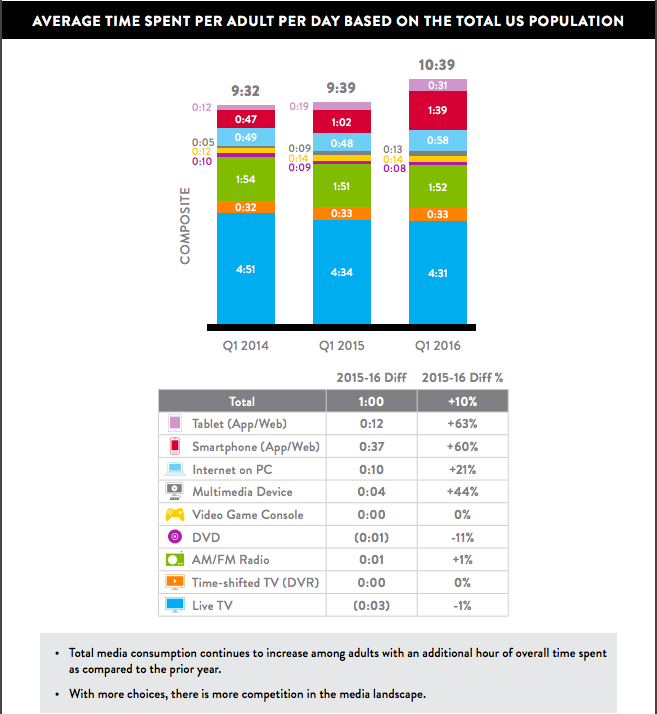
That means 330 hours a month are poured into the media through various devices.
Just like the previous McKinsey study, Nielsen’s research shows that the number of devices a person owns is proportional to the time they spend on the media.
The problem is that, according to the marketer, the media focuses primarily on collecting new customers, meaning that most of their media strategies focus on “attracting” the attention of the client rather than doing anything to deepen or strengthen the relationship when they have it.
The reason Omnichannel customers are so valuable is because the true Omnichannel business is about the ability to overcome these obstacles by:
- Appear wherever their target customers need or want their product.
- Use everything they know about potential customers to bring the experience as relevant as possible, allowing them to build better relationships and enhance loyalty with their brand.
There are many aspects that we will soon discover, but the most important thing is to build a sense of familiarity in a target market and provide consumers with a fulcrum in the context of overwhelming media.
Omnichannel land the opportunity for the business retailer
McKinsey and the Harvard Busines Review recently collaborated with a retailer with hundreds of stores across the United States to find out the true value of Omnichannel customers.
A study of over 46,000 customers surveyed on every aspect of their purchase over a 14-month period from June 2015 to August 2016. It focused on the channels they use and their reason why they use it.
In this study, “Channels” are defined as retailer interaction points, including web pages, phone apps, interactive directories, in-store tablets, and more.
The results of the study on participants were as follows:
- Only 7% are customers using only online channels.
- 20% are customers who buy directly.
- The remaining 73% use diversified channels.
“Not only Omnichannel customers use the phone app to compare prices and download coupon codes, they are also users of digital tools in the store, such as interactive catalogs, tabulation, …“
The study also found that Omnichannel customers spend the average more than 4% each time shopping at the store, and online more than 10% compared to single-channel customers.
Moreover, it’s not surprising, research shows that the more channels a customer uses, the more they spend.
Besides, this research reflects a report by IDC Retail Insights, which shows retailers using Omnichannel strategies grew by 15-35% on average transaction size, coupled with an increase in profitability of loyal customers by 5-10% and more than 30% of shoppers use only one channel.
This also reflects a larger shift in consumer shopping habits, especially in young shoppers.
Similarly, the Aberdeen Group found that companies that strategically participate in the Omnichannel model had the following tremendous benefits:
- Annual sales increased 9.5% on average, compared to 3.4% last year.
- Cost per customer contact decreased by an average of 7.5%, compared with 0.2% the previous year.
- 89% of customer retention rate vs. 33% of companies that have customers are non-channel engagement.
Implement Omnichannel! So, what retailers need to do?
Do not be wrong, the pressure is gradually rising!
When leading brands such as Amazone, Walmart, Nike, and Macy’s … become more focused on discipline – and the philosophy behind deeper exploration into Omnichannel – consumer expectations will change and they will never stop wanting better shopping experience.
Over the next five years, retail, marketing and retail will become obsolete, and what retailers need to do is catching the business trend. That I mean here is Omnichannel.
*Bonus tip: Want to get help with an Omnichannel solution?
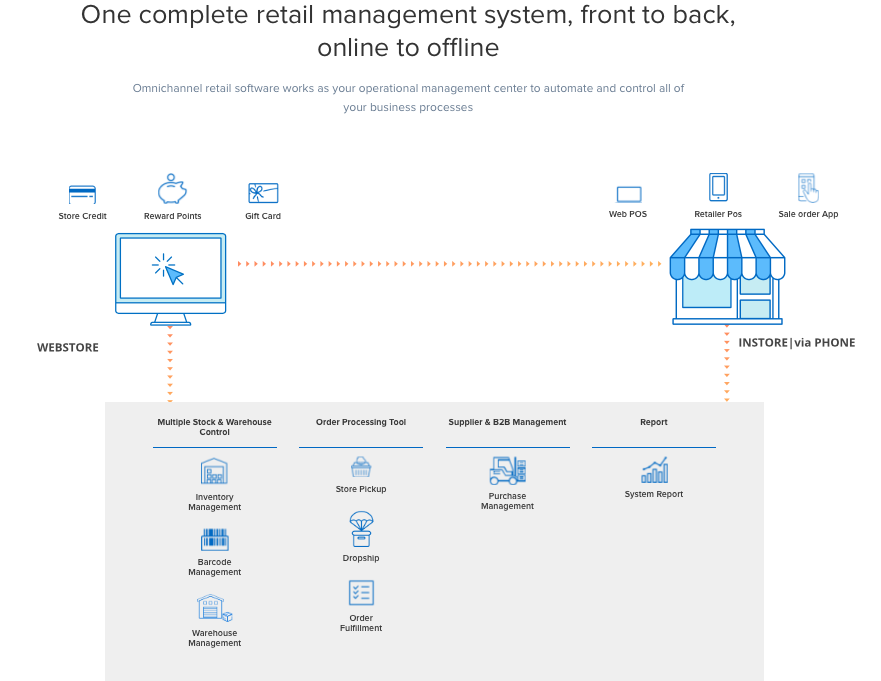
Magestore now is providing the Omnichannel solution system on all factors. That is complete retail management system, front to back, online to offline. That will work as your operational management center to automate and control all of your business processes. We are here to help you “touch” to the success of Omnichannel retail!
Case Study: Three Successful Lessons When Combining Omnichannel with Ecommerce
Before we dive into this issue, you must really understand that the Omnichannel solution implementing for retail businesses is different from Multichannel. In many cases, some stores will set up an ecommerce website and call their sales experience as “Omnichannel“. But in fact, providing multiple ways to purchase only gives the buyer a multichannel experience.
Once you know the difference between Omnichannel and MultiChannel, and how to make sure that we are providing the customer what they want at the same time. Here are a few companies that have turned Omnichannel into an “art.”
Starbucks
Even though everyone’s evaluation of Starbucks is, we all have to admit that they’ve “made” the purchase really easy. The application of Starbucks makes shopping online and at the physical stores convenient for everyone. Consumers can check the balance and reload cards in the app, on the site and in the store. All requests are met immediately, so customers are never ignored when they want to buy drinks in the store and online.
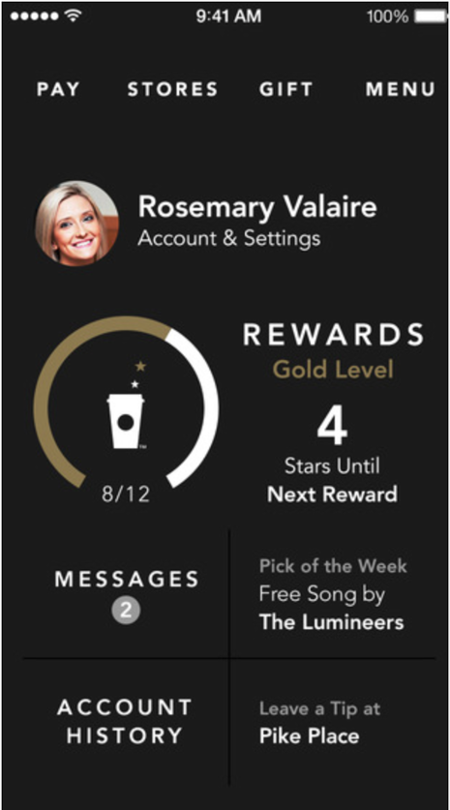
To make Starbucks’s application more user-friendly, buyers can use their phone or bonus card at the registration counter. No longer have to swipe cards or give cards to employees amid long queues of impatient customers. Just swipe the code on your phone screen, grab your coffee and go.
L’Oreal
L’Oreal knows that buying cosmetics comes with a lot of risks. No chance of being directly tested, users are always wondering whether they have made the right choice or not until the product comes to hand to try. The company has come up with two separate applications. The first is Makeup Genius that lets users upload photos and experiment with different styles before buying. Next, it’s the True Match app, which ensures that buyers get the right spec when shopping at the store.
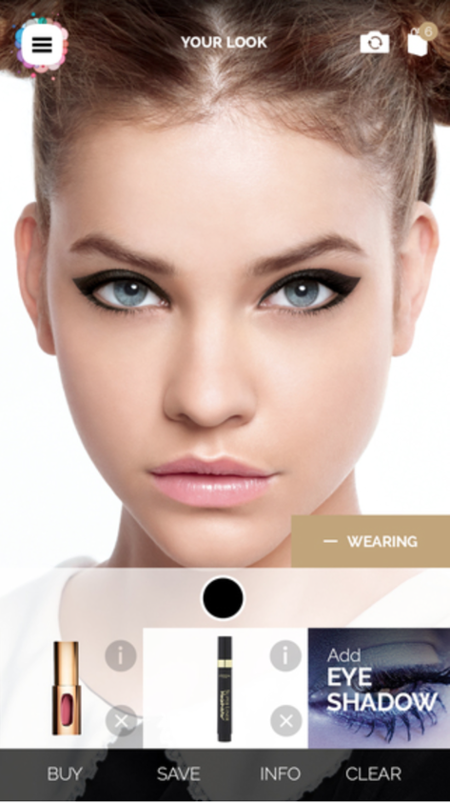
On their website, L’Oreal also hosts seminars and consultations so customers can learn how to use the product before buying. It’s a very complete and powerful experience from the Web site to the store, and they deserve the accolade for what they’ve done perfectly.
Macy’s
Macy’s is a retail establishment, but it seems like they do not consider their e-commerce capabilities. On the contrary, the truth is they are proving the opposite for all of us. With an easy-to-use Web page, various applications for mobile devices, and a number of in-store features that the other brands are not available at the moment, Macy’s is quite modern.

By using the app, users always receive instant updates on discounted products, special promotions, etc. For buyers who do not use the app, you can also sign up for the text. That includes users who use the phone only, providing an additional channel of communication. Then, of course, there is an option to pick up in the store even after ordering online. This helps the buyer reduce shipping costs and gives Macy a way to communicate with buyers.
Providing multiple ways for shoppers to purchase and keep in touch is not easy, especially when technology continues to evolve and change. Only the best way is to manage the Omnichannel experience perfectly. These are 3 companies you can really learn and apply.
To explore more about the Omnichannel solution for Magento retailers (available for both Magento 1 and Magento 2). Click the link: https://www.magestore.com/omnichannel-retail
Magestore promises to give you a powerful tool to create great customer experiences and make seamless sales anytime, anywhere!

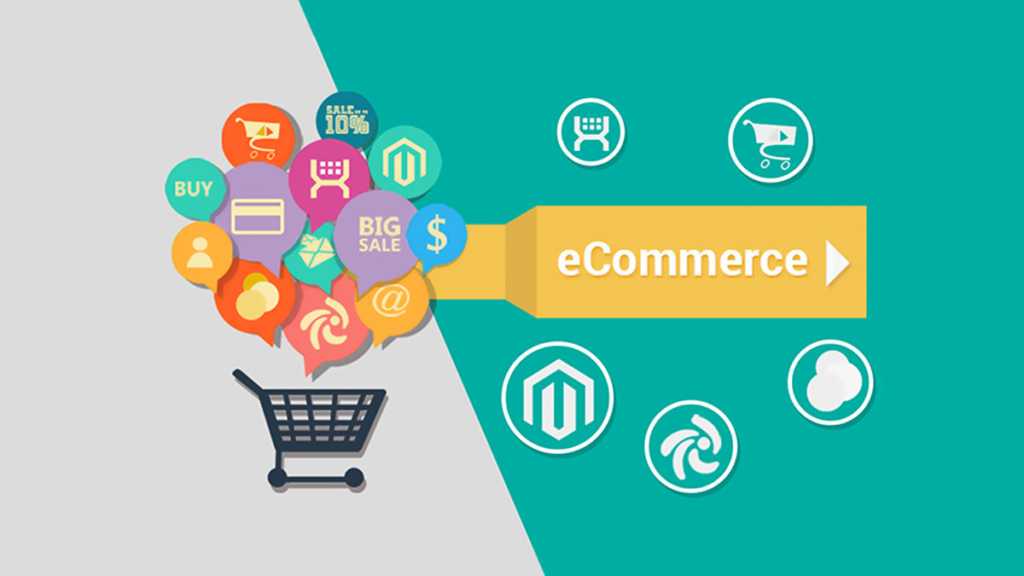



1 Comment
Omnichannel experience is a medium to keep the customers satisfied and enhance there shopping experince via all mediums. This coming with the e-commerce should help the customers all the more. Thanks for sharing.